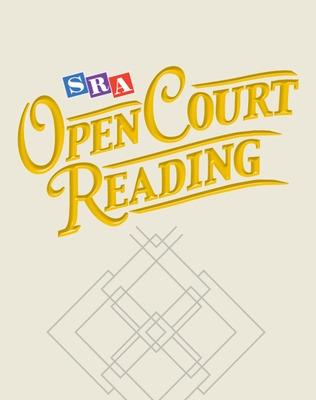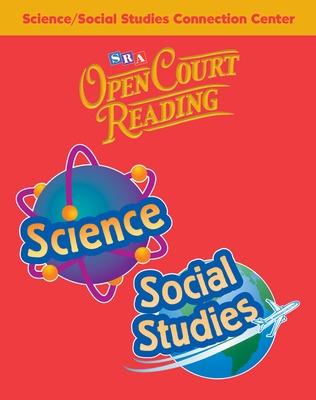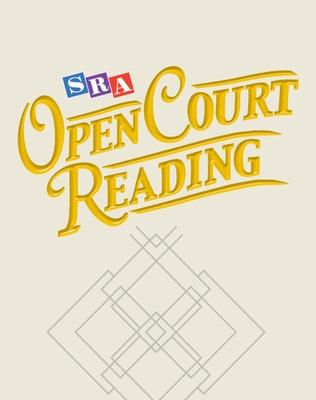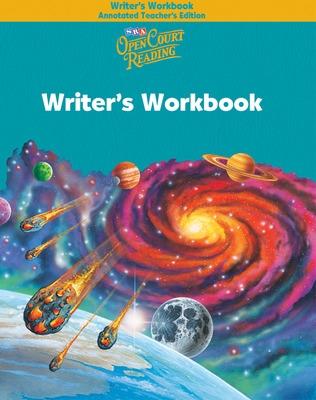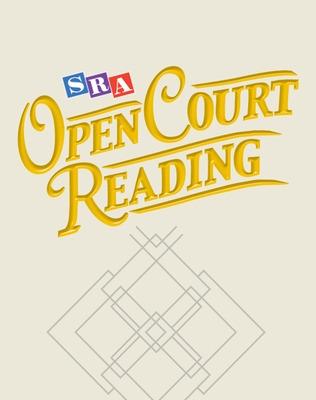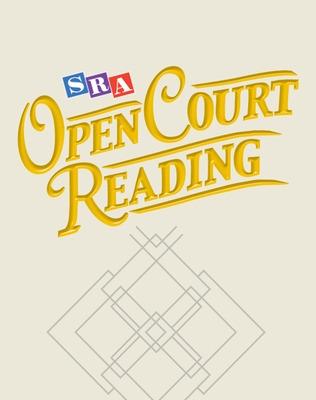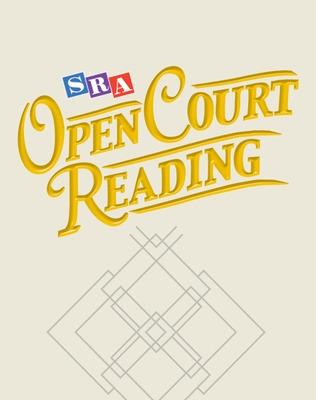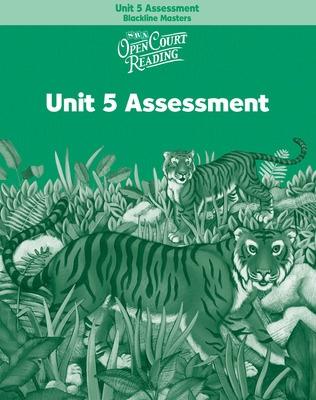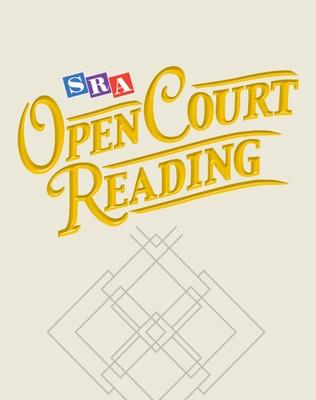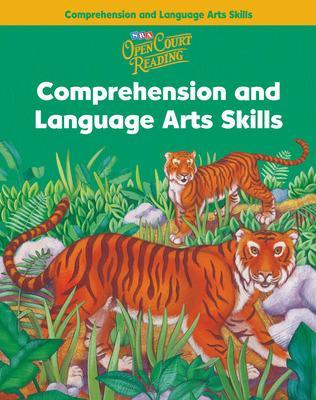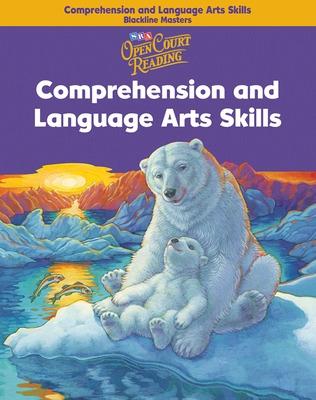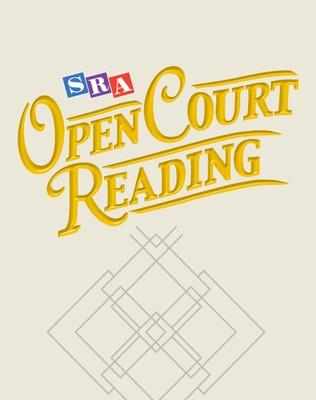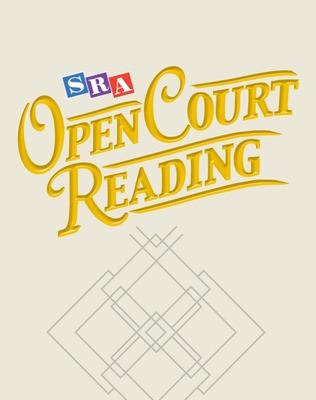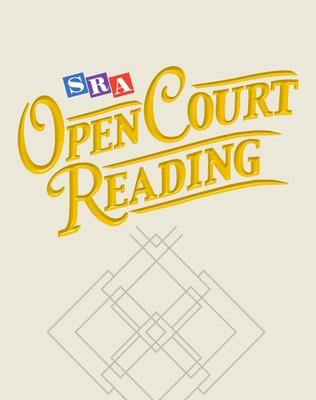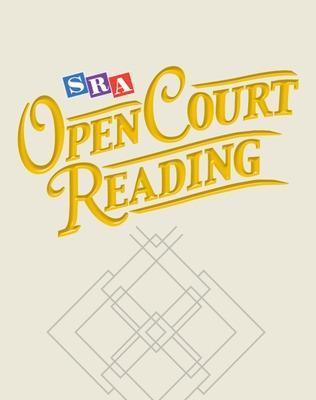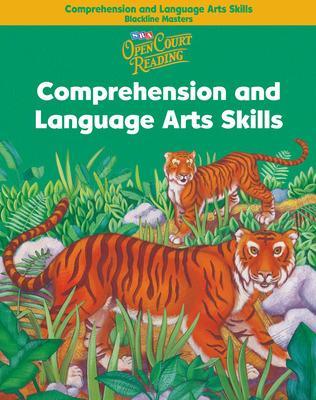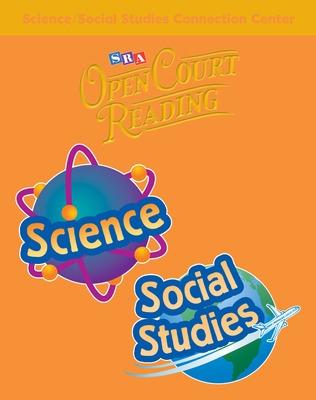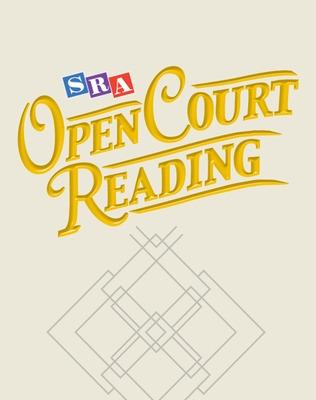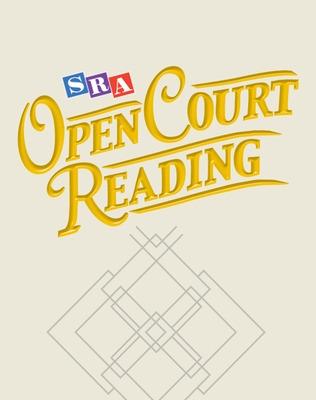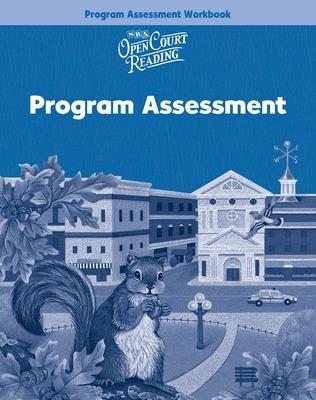IMAGINE IT
297 total works
Open Court Reading, Intervention Workbook Annotated Teacher Edition, Grade 3
by McGraw Hill
Open Court Reading, Science and Social Studies Connection Center, Grade K
by McGraw Hill
Open Court Reading, Unit Assessment Annotated Teacher Edition Package (Units 1-6), Grade 3
by McGraw Hill
Open Court Reading, Writer's Workbook Annotated Teacher's Edition, Grade 5
by McGraw Hill
Open Court Reading, Unit Assessment Blackline Masters Package, Units 1-6, Grade 4
by McGraw Hill
Open Court Reading, Program Assessment Annotated Teacher Edition, Grade 4
by McGraw Hill
Open Court Reading, Intervention Workbook Annotated Teacher Edition, Grade 2
by McGraw Hill
OPEN COURT READING - UNIT 5 ASSESSMENT BLACKLINE MASTERS LEVEL 2
by McGraw Hill
Open Court Reading, Unit Assessment Blackline Masters Package, Units 1-6, Grade 5
by McGraw Hill
Open Court Reading, Comprehension and Language Arts Skills Handbook, Grade 2
by McGraw Hill
Open Court Reading, Comprehension and Language Arts Skills Blackline Masters, Grade 4
by McGraw Hill
Open Court Reading, Phonics Skills Annotated Teacher Edition, Grade 1
by McGraw Hill
Open Court Reading, Writer's Workbook Annotated Teacher Edition, Grade 4
by McGraw Hill
Open Court Reading, Decodable Takehome Book Package, Color (25 workbooks of 35 stories), Grade K
by McGraw Hill
Open Court Reading, Comprehension and Language Arts Skills Blackline Masters, Grade 2
by McGraw Hill
Open Court Reading, Science and Social Studies Connection Center, Grade 1
by McGraw Hill
Open Court Reading, Writer's Workbook Annotated Teacher Edition, Grade 2
by McGraw Hill
Open Court Reading, Reteach Annotated Teacher's Edition, Grade K
by McGraw Hill
